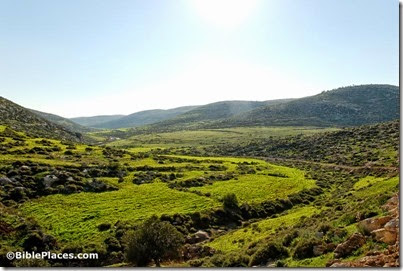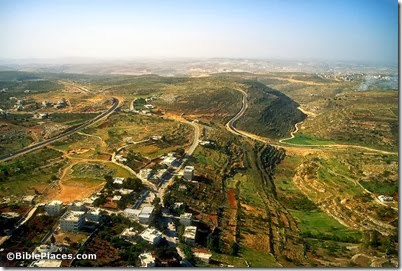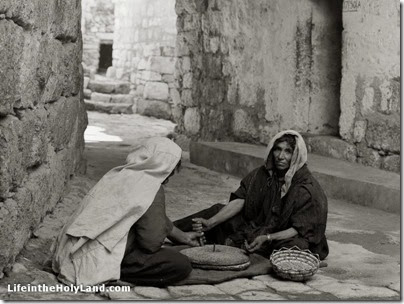Leon Mauldin has photos of a restored pagan temple at Laodicea.
Luke Chandler: Canaan was not a big desert. (Someone tell the media!)
Where is the ark of the covenant? This article surveys some of the most popular views in history.
And now Ferrell Jenkins has seen Jerusalem in IMAX. Read his review here.
Leen Ritmeyer has a brief note on his recent work at Khirbet el-Maqatir, concluding that the first-century village was actually a walled city.
The Associates for Biblical Research have just released a new booklet entitled Khirbet el-Maqatir: History of a Biblical Site.
BibleX reports that all of SBL’s Ancient Near Eastern Monographs are now available as free pdfs.
A museum for the History of Medicine in the Holy Land has opened in the Old City of Jerusalem.
Hershel Shanks ponders a remaining mystery about the Dead Sea Scrolls.
We’ll have more stories in part 3 of the roundup tomorrow.
Photo from Judah and the Dead Sea


